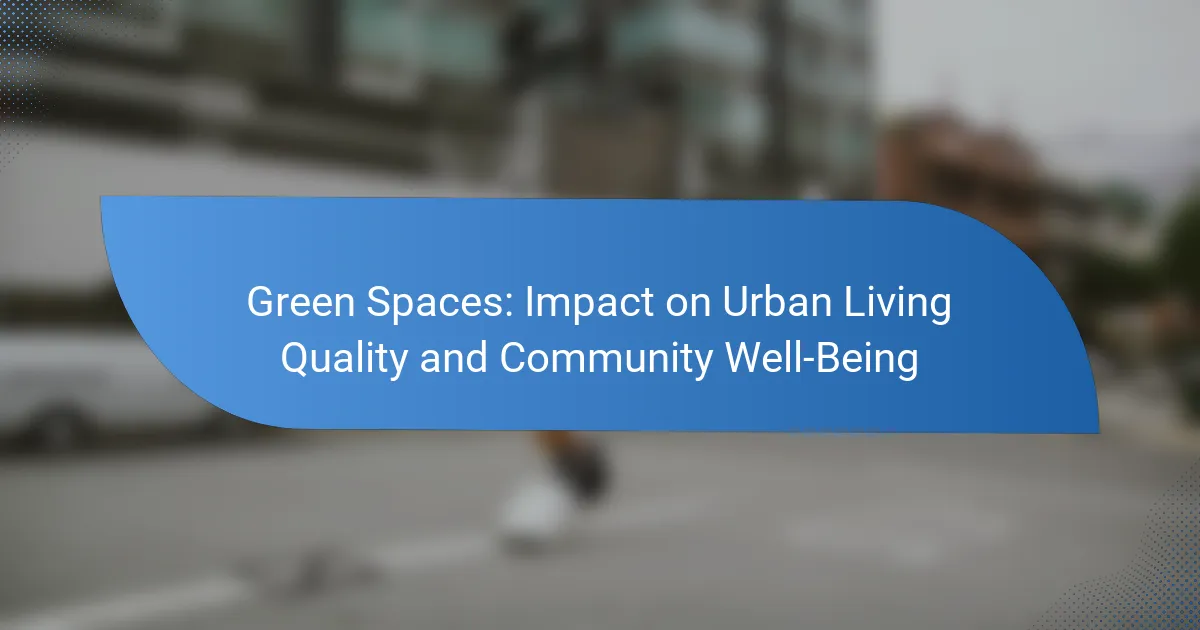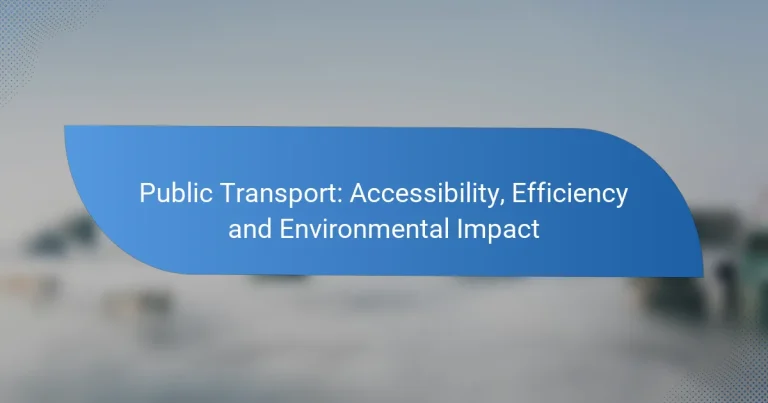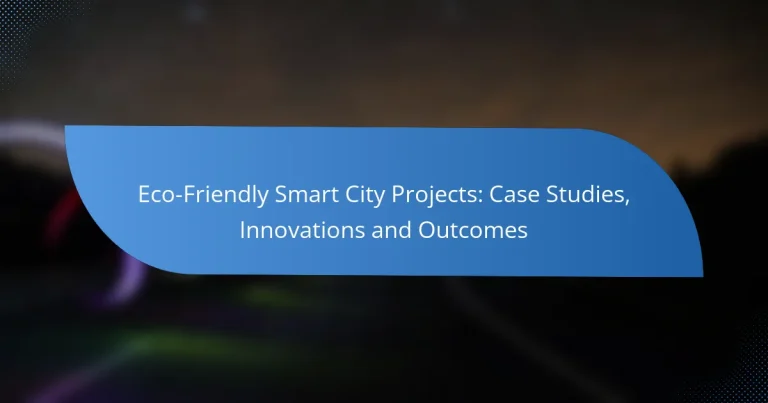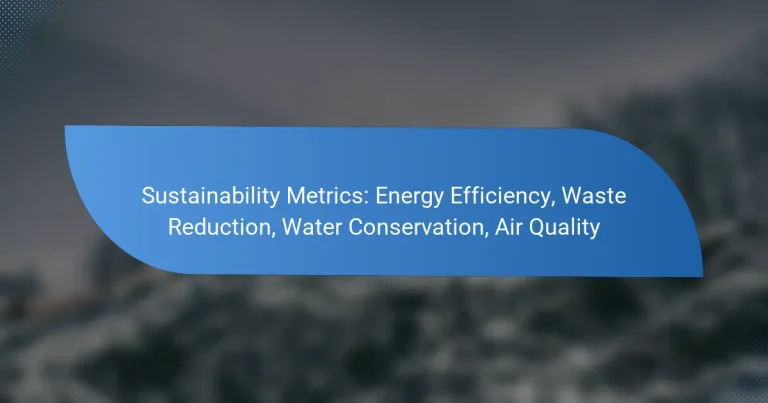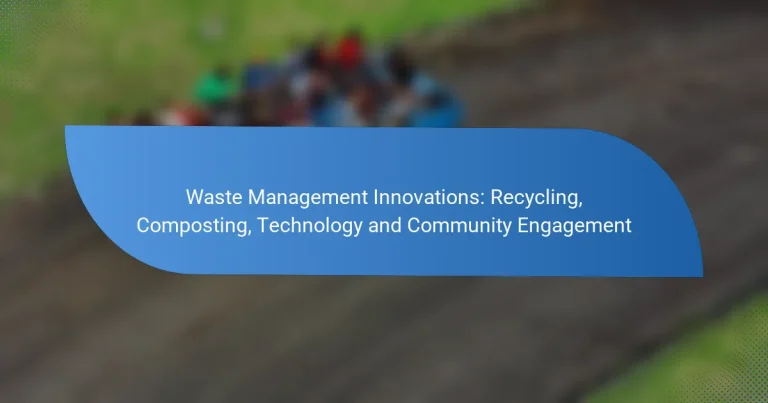Green Spaces: Impact on Urban Living Quality and Community Well-Being
Green spaces play a crucial role in enhancing the quality of urban living by offering residents opportunities for relaxation, recreation, and social engagement. These areas not only improve individual well-being but also foster a sense of community, making cities more vibrant and enjoyable places to live.
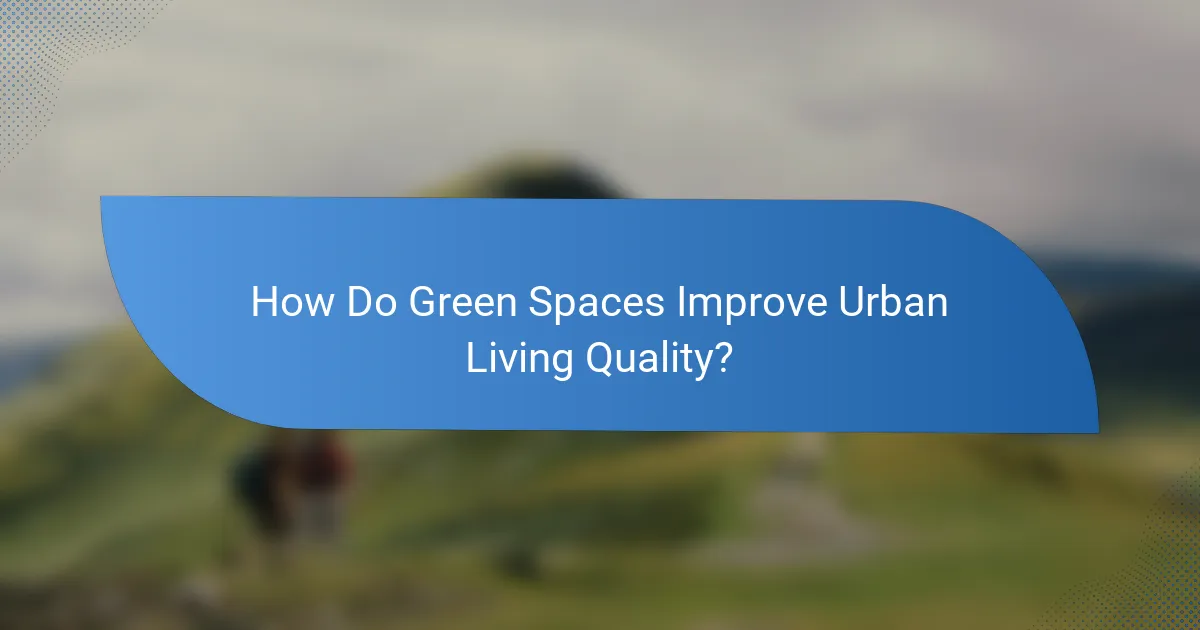
How Do Green Spaces Improve Urban Living Quality?
Green spaces significantly enhance urban living quality by providing areas for relaxation, recreation, and social interaction. They contribute to the overall well-being of residents, making cities more livable and enjoyable.
Enhanced mental health
Access to green spaces has been linked to improved mental health outcomes. Studies show that spending time in nature can reduce stress, anxiety, and depression, fostering a sense of calm and well-being.
Urban parks and gardens offer a respite from the hustle and bustle of city life, allowing individuals to recharge. Simple activities like walking or sitting in a park can lead to noticeable improvements in mood and mental clarity.
Increased physical activity
Green spaces encourage physical activity by providing safe and appealing environments for exercise. Parks and recreational areas facilitate walking, jogging, cycling, and group sports, promoting a more active lifestyle.
Research indicates that neighborhoods with accessible green spaces see higher levels of physical activity among residents. This can lead to better overall health, reducing the risk of obesity and related diseases.
Improved air quality
Green spaces play a crucial role in enhancing urban air quality. Trees and plants absorb pollutants and carbon dioxide while releasing oxygen, creating a healthier atmosphere for city dwellers.
Incorporating greenery into urban planning can significantly lower levels of particulate matter and other harmful substances. This is particularly important in densely populated areas where air pollution is a major concern.
Boosted social interactions
Green spaces serve as communal hubs that foster social interactions among residents. Parks and gardens provide venues for gatherings, events, and recreational activities, strengthening community ties.
These areas encourage informal meetings and connections, which can lead to increased social cohesion. Engaging in community gardening or participating in local events can enhance relationships among neighbors.
Higher property values
Proximity to green spaces often correlates with increased property values. Homes located near parks or natural areas tend to be more desirable, leading to higher market prices.
Investing in green spaces can be a strategic move for urban developers and city planners. Properties with easy access to well-maintained parks can see appreciation rates that outpace those in less green neighborhoods.
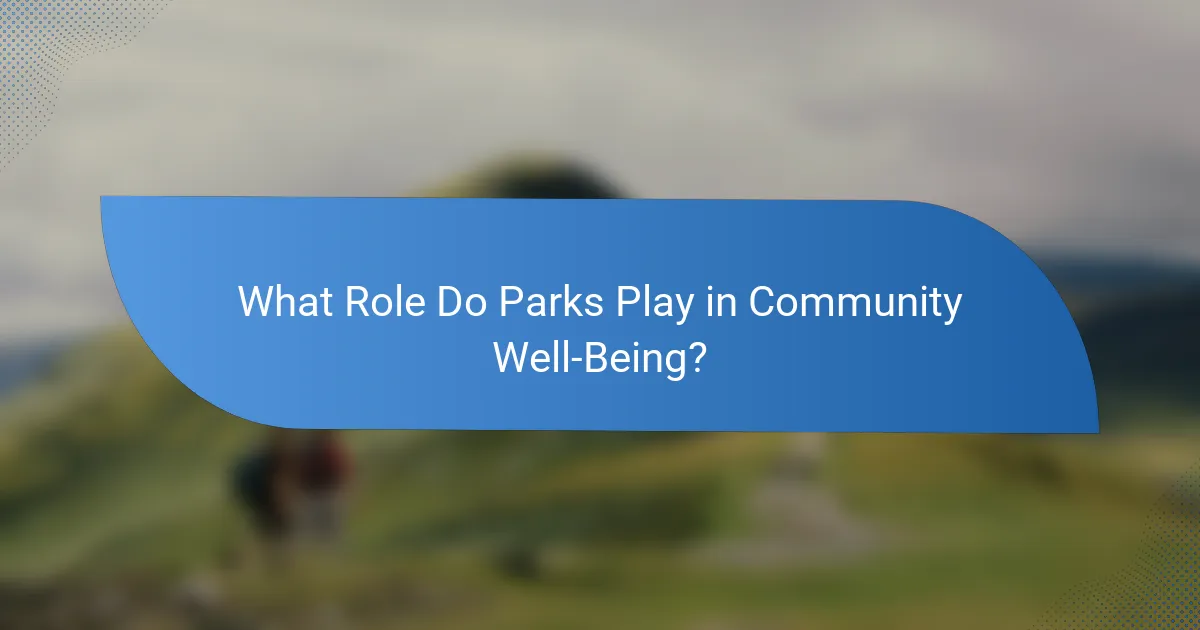
What Role Do Parks Play in Community Well-Being?
Parks significantly enhance community well-being by providing spaces for recreation, relaxation, and social interaction. They serve as vital areas where residents can connect, participate in activities, and foster a sense of belonging.
Community gathering spots
Parks act as essential gathering spots for residents, offering a venue for informal meetups and socializing. These spaces encourage interactions among diverse groups, helping to build relationships and strengthen community ties.
Features such as picnic areas, playgrounds, and open fields facilitate gatherings, making it easy for families and friends to come together. Regularly scheduled events, like movie nights or farmers’ markets, can further enhance these communal experiences.
Support for local events
Parks provide a backdrop for various local events, from festivals to sports competitions. These activities not only promote community engagement but also support local businesses and artisans.
Organizing events in parks can be cost-effective, as many municipalities offer permits for public use at reasonable rates. This accessibility encourages more organizations to host events, enriching the local culture and economy.
Encouragement of volunteerism
Parks often rely on community volunteers for maintenance and improvement projects, fostering a spirit of volunteerism. Residents who participate in park clean-ups or planting days develop a sense of ownership and pride in their community.
Engaging in volunteer activities can also lead to new friendships and connections, as individuals work together towards a common goal. Local governments may provide incentives, such as recognition programs, to encourage ongoing volunteer efforts in park stewardship.
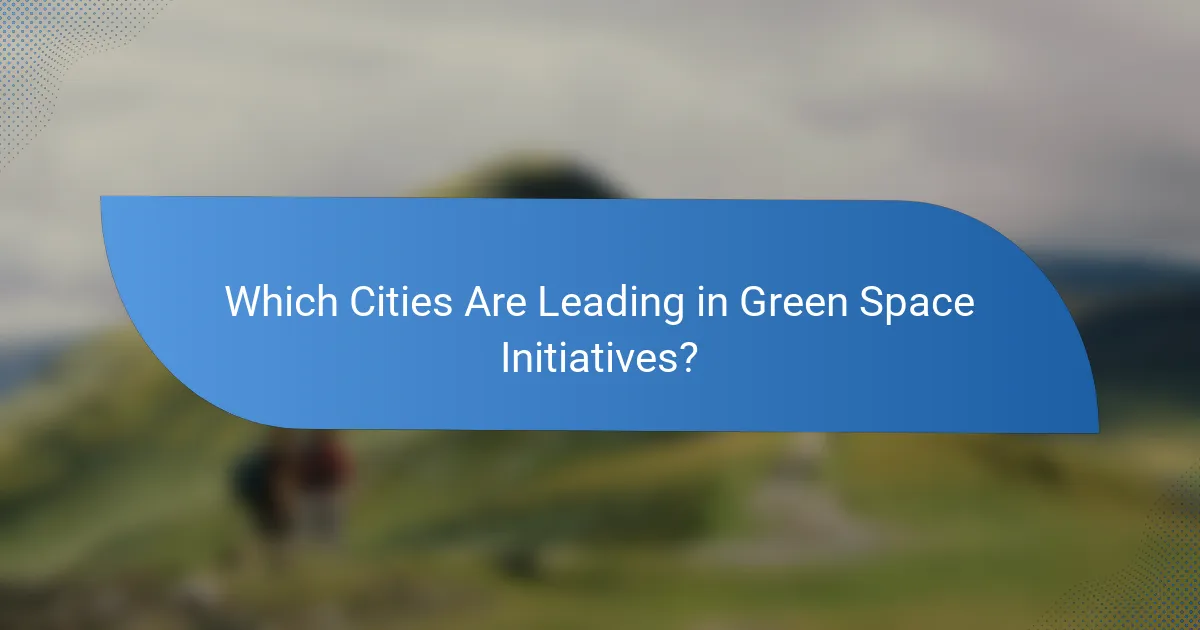
Which Cities Are Leading in Green Space Initiatives?
Several cities around the world are setting benchmarks in green space initiatives, significantly enhancing urban living quality and community well-being. These cities prioritize parks, gardens, and green corridors, integrating nature into urban planning to improve residents’ quality of life.
New York City
New York City has made significant strides in expanding its green spaces through initiatives like the MillionTreesNYC program, which aimed to plant one million trees across the city. This effort has not only beautified neighborhoods but also improved air quality and reduced urban heat.
The city’s parks, such as Central Park and Prospect Park, serve as vital green lungs, offering recreational opportunities and a respite from urban life. Ongoing projects focus on increasing green roofs and community gardens, further enhancing the city’s ecological footprint.
Singapore
Singapore is renowned for its innovative approach to integrating nature into urban environments, exemplified by its “Garden City” vision. The city-state features extensive parks, vertical gardens, and green corridors that connect different urban areas, promoting biodiversity and community interaction.
Notable projects include the Gardens by the Bay and the Park Connector Network, which encourages walking and cycling while providing lush green spaces for residents. Singapore’s commitment to sustainability is evident in its policies that prioritize green building designs and urban forestry.
Copenhagen
Copenhagen leads in green space initiatives with its ambitious plan to become the world’s first carbon-neutral capital by 2025. The city emphasizes sustainable urban planning, incorporating parks and green roofs into its infrastructure to enhance livability.
Key projects like the Superkilen park showcase cultural diversity through green design, while the city’s extensive cycling paths encourage eco-friendly transportation. Copenhagen’s focus on integrating nature into daily life significantly contributes to the well-being of its residents.
Melbourne
Melbourne is recognized for its commitment to green spaces, with initiatives aimed at increasing urban greenery and enhancing community health. The city’s Urban Forest Strategy seeks to increase tree canopy cover, which helps mitigate heat and improve air quality.
Melbourne’s parks, such as the Royal Botanic Gardens, provide recreational areas and habitats for wildlife. The city also promotes community gardens and green roofs, fostering community engagement and environmental stewardship among residents.
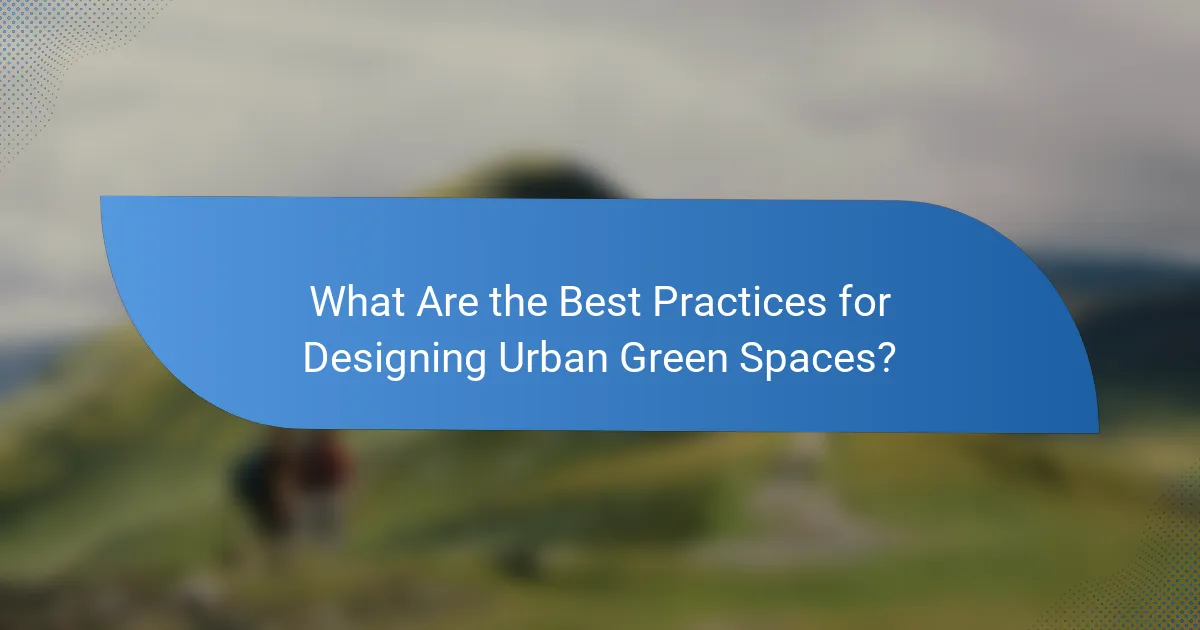
What Are the Best Practices for Designing Urban Green Spaces?
Effective urban green spaces enhance community well-being and improve living quality. Best practices include incorporating inclusive design principles, selecting native plants, and ensuring accessibility for all residents.
Inclusive design principles
Inclusive design principles focus on creating green spaces that cater to diverse community needs. This involves considering various age groups, abilities, and cultural backgrounds in the design process.
For example, incorporating features like sensory gardens can engage individuals with different sensory preferences, while providing spaces for social interaction can foster community ties. Engaging local residents in the planning phase ensures that the space reflects their needs and desires.
Native plant selection
Choosing native plants is crucial for sustainable urban green spaces. Native species are adapted to the local climate and soil conditions, requiring less water and maintenance compared to non-native varieties.
Additionally, native plants support local wildlife, including pollinators, which are essential for ecosystem health. When selecting plants, consider a mix of perennials and annuals to ensure year-round visual interest and habitat diversity.
Accessibility features
Accessibility features are vital for ensuring that all community members can enjoy urban green spaces. This includes designing pathways that are wide and smooth enough for wheelchairs and strollers, as well as providing seating areas that accommodate various needs.
Incorporating clear signage and sensory elements, such as tactile maps, can enhance the experience for individuals with visual impairments. Regular assessments and feedback from users can help identify areas for improvement in accessibility.
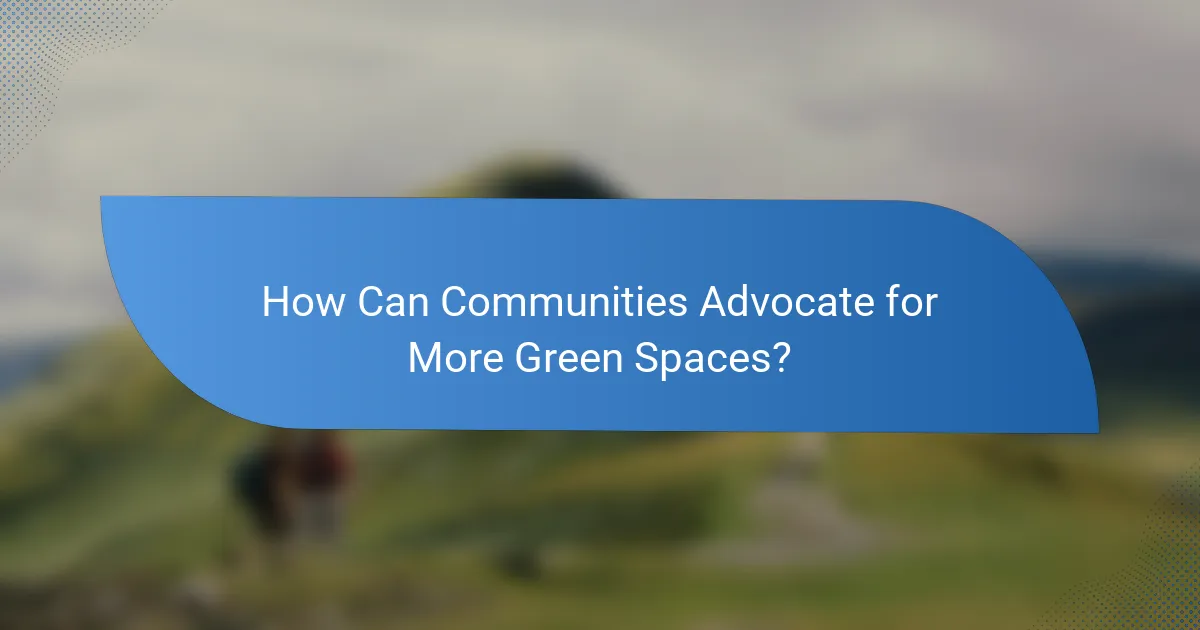
How Can Communities Advocate for More Green Spaces?
Communities can effectively advocate for more green spaces by organizing collective efforts that engage residents, local government, and social media platforms. These strategies help raise awareness and push for the development of parks and green areas that enhance urban living quality.
Organizing community meetings
Community meetings serve as a platform for residents to voice their needs and ideas regarding green spaces. Organizing regular gatherings allows participants to discuss specific locations, potential designs, and the benefits of green areas, fostering a sense of ownership and collaboration.
Consider inviting local experts to speak about the ecological and social advantages of green spaces. This can help inform community members and provide a stronger case when approaching local authorities.
Engaging with local government
Engaging with local government officials is crucial for advocating for green spaces. Residents should identify key decision-makers, such as city council members or park directors, and schedule meetings to present their proposals and concerns.
Prepare a clear presentation that outlines the community’s vision, supported by data on the benefits of green spaces. It may also be beneficial to gather signatures for a petition to demonstrate community support, making it harder for officials to ignore the request.
Utilizing social media campaigns
Social media campaigns can amplify the community’s voice and attract wider support for green space initiatives. Platforms like Facebook, Twitter, and Instagram allow residents to share their stories, photos, and ideas, creating a vibrant online community focused on green advocacy.
Consider creating a dedicated hashtag to unify posts and encourage participation. Regular updates about meetings, events, and progress can keep the momentum going and engage more residents in the advocacy process.
